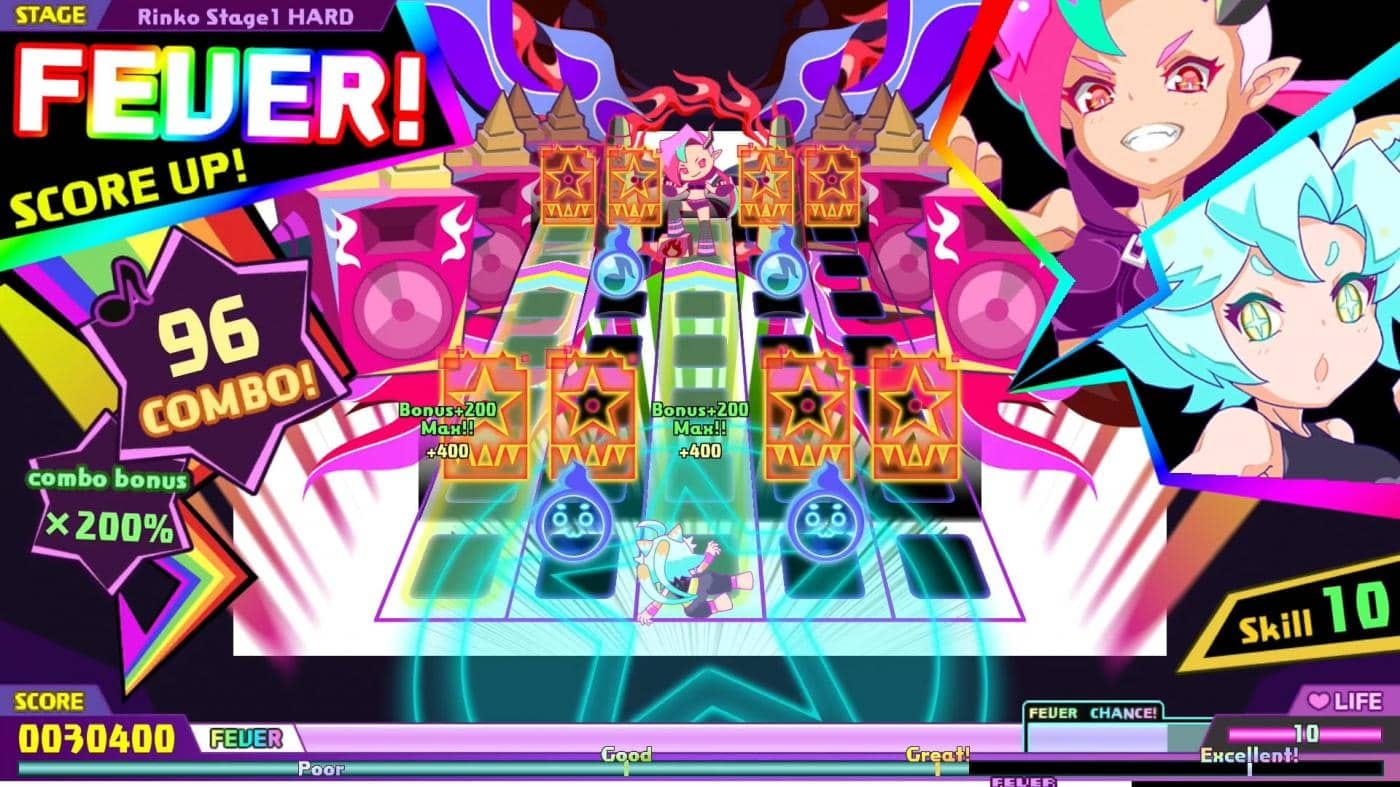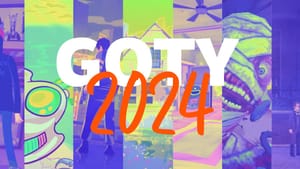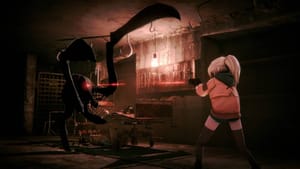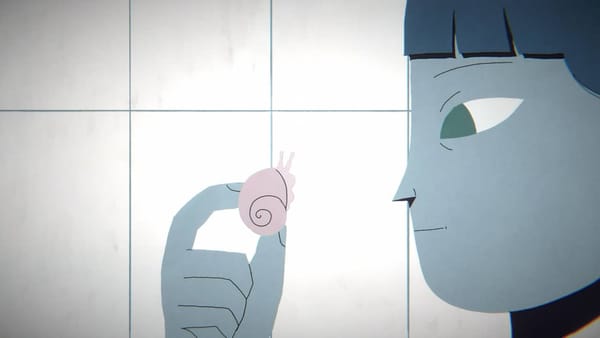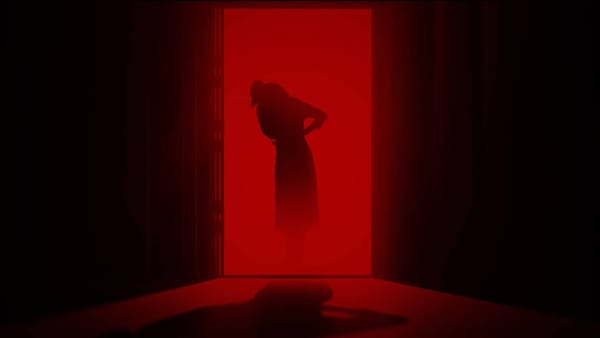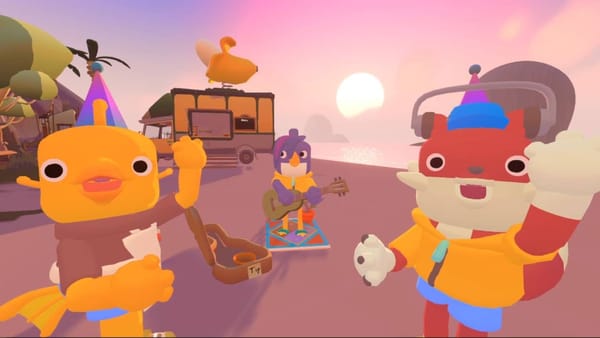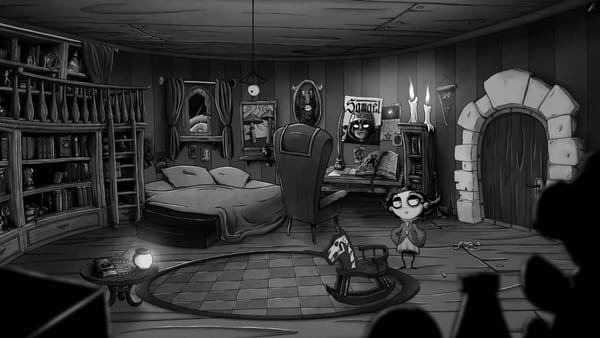Beat Souls has been a pleasant surprise. For what seems like a monthly statement, I must declare that I have no rhythm. That’s two left feet, a dad dancer at a wedding reception, and all that is associated with clumsiness when it comes to keeping a tempo.
On paper, Zoo Corporation’s title, published by Eastasiasoft, should amplify those inabilities to the point of acute self-awareness, but instead, it turns the above on its head and gives hope. Hope that the rhythm game isn’t a lost cause for us who lack the skill – that we too can look like those nutters who play Dragon Force songs on the hardest difficulty while solving a Rubik’s Cube.
Beat Souls is a rhythm game in the cast of Guitar Hero, but without the complexity. The first few levels are deceptive in that they make you believe that either the game is too easy or potentially… boring. It’s not. Though it can be challenging, it’s not stupidly hard; that means fun!

There are some 30-odd levels for you to take on the Rhythm Yokai with your slick moves. Slick moves on paper as in practice, the controls are easy peasy: guide your character between Beat Saber-like blocks called noise, and ensure you line up Otomo to hit the notes. Otomo are a little like those Dragon Quest poops, or flames, that float to the left and right of your hero.
Slip through all the noise without taking a hit, and you’ll get a clean run. Hit every note with your Otomo, and you’ll be rewarded with a full combo. Besides moving to the left and right, jumping will also come into play, and that’s about it in terms of controls. Scores are important, and naturally, hitting all the notes will give a perfect run – especially when you can earn extra points with the fever mode – similar to Puyo Pop Fever.
The challenge in Beat Souls comes from the speed of the level, i.e. BPM. The higher it is, the faster you’ll need to be, and while there aren’t any complicated combos to learn, some levels will be filled with noise – meaning you’ll have to be swift to move in and out without getting hit and shifting your Otomo, so they hit every note.
Now, the biggest challenge of the game was a personal one. I don’t suffer from motion sickness as others may in FPS titles, but I get pretty damn disorientated with the various layers moving at different speeds. There’s the character animations at the back, the action on screen, plus other aspects in continual motion. It’s not exclusive to this title as playing Guitar Hero also caused me issues where the floor or ceiling would feel like it was moving. As a result. I can’t play this game for long periods even though I enjoy it.
A rhythm game relies on its music, and with those guitar-based games, there’s a fallback of quality rock music. Here the music is mostly pop – nothing I’d listen to outside of the game, but enjoyable nonetheless, and arguably one of the better types of soundtracks to play a game to. There are additional characters to play with and level variations to add to the difficulty; said characters have special abilities but aren’t game-changing.
In all honesty, Beat Souls has been one of the better rhythm games I’ve played. Sure, I can’t play for long, but I’m pretty much addicted and loving every minute of it when I do play. My only real complaint was the lack of multiplayer – a simple split-screen would have gone far, but other than that, Beat Souls is an enjoyable rhythm game that may appeal to those who are sensitive about their lack of rhythm.


